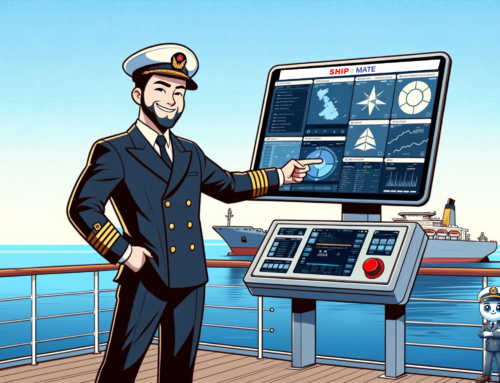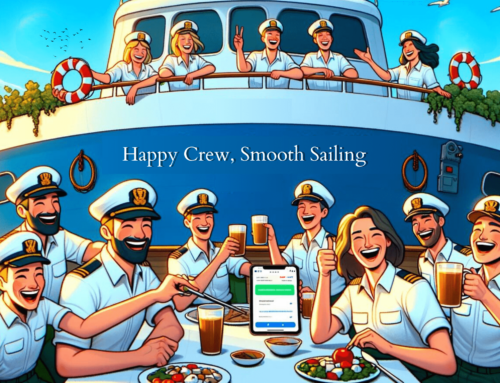Effective fleet management is crucial for ensuring the smooth operations of any shipping business. With the increasing complexities of ship management and the need for streamlined processes, implementing comprehensive fleet management systems has become more important than ever. A software solution is required to efficiently manage multiple vessels, cargoes, and crew members.
The process of implementing ship management software can be complex and difficult. However, it leaves no room for error as the smooth operations of the ship depend upon the effective implementation and wise use of resources.
Let us look at some tips and strategies for successfully implementing ship management software.
Strategies for Implementing a Ship Management System
Ensuring comprehensive stakeholder and end-user involvement: Effective stakeholder and end-user involvement is crucial to successfully implementing ship management software. While managing ships involves both human and software operations, many maritime companies make the mistake of not involving all stakeholders from the beginning.
This can lead to issues such as the software not responding comprehensively to the organization’s needs, complications arising due to user preferences not being covered, delays and rework needs caused by complex software, and lack of commitment from the team leading to restricted capabilities and benefits. It is essential to ensure comprehensive stakeholder and end-user involvement to avoid these problems and ensure optimal software capacity utilization.
Prioritizing the integration of contract details: When implementing a ship management system, it’s essential to prioritize the integration of contract details to ensure that all relevant information is captured. Failing to be precise in what you and your stakeholders need covering from the software solution can result in hidden costs and unclear deliverables that are hard to respond to. Having a definite contract agreement with your vendor is crucial to create an end-product that will be usable, requires no rework, and will be implemented quickly. Unknown or unaddressed sections should be identified and covered, such as what should be delivered by when, user capability, and schedule changes, to achieve the proper functionality of the new software system.
Paying careful attention to preserving and enhancing current data: When implementing new fleet software, it is crucial to pay close attention to preserving and enhancing current data to prevent the loss of critical information. This process can be overwhelming, especially when dealing with massive data spread across different systems and locations. The project manager must gather the initial data to compare it with the new data set to determine potential improvements or incidents. Data collection requires a specific skill set and expert familiarity with management to avoid external costs. Proper alignment, streamlining, and data analysis can benefit the company significantly, but it takes ample time and effort to collect and manage this information effectively.
Opting for centralized data management strategies: When implementing ship management software, opting for centralized data management strategies can ensure consistency and accuracy of information while minimizing additional costs. Gathering and managing ship-specific databases can be expensive, but a centralized system facilitates seamless operations with complete data transitions and reduced data rework prospects. However, cross-functional analytics may reduce efficiency gains if implemented incompletely. It is important to ensure that team members are familiar with the system and transition process to effectively take advantage of a non-centralized system. The various components, maintenance data, and data sharing can be costly in the long run, so a centralized approach is recommended.
Developing and implementing a comprehensive change management strategy: Developing and implementing a comprehensive change management strategy is crucial for ship management software implementation. Failure to do so can result in long-term consequences and resistance from users who may struggle to embrace the new system. Many people are resistant to change and may cling to traditional methods, but it is essential to adopt and implement the new version of the ship management system for optimized operations, safety, and compliance. A solid change management strategy can minimize disruption and facilitate adopting the new system, maximizing its advantages.
Final Words
Implementing ship management software can be a complex process, but it is essential for the success of your maritime business. It requires a thorough assessment of your current system, involvement of all stakeholders and end-users, a well-developed contract agreement, and a comprehensive strategy for change management. Choosing the right software solution that covers user preferences onboard and onshore, preserving and enhancing current data, and using centralized data management strategies are also critical to ensuring a smooth transition.
At SBN Technologics, we understand the challenges and complexities of implementing ship management software, and we’re here to help. Get in touch with us to learn how our reliable and effective software solutions can help you optimize your maritime operations.


